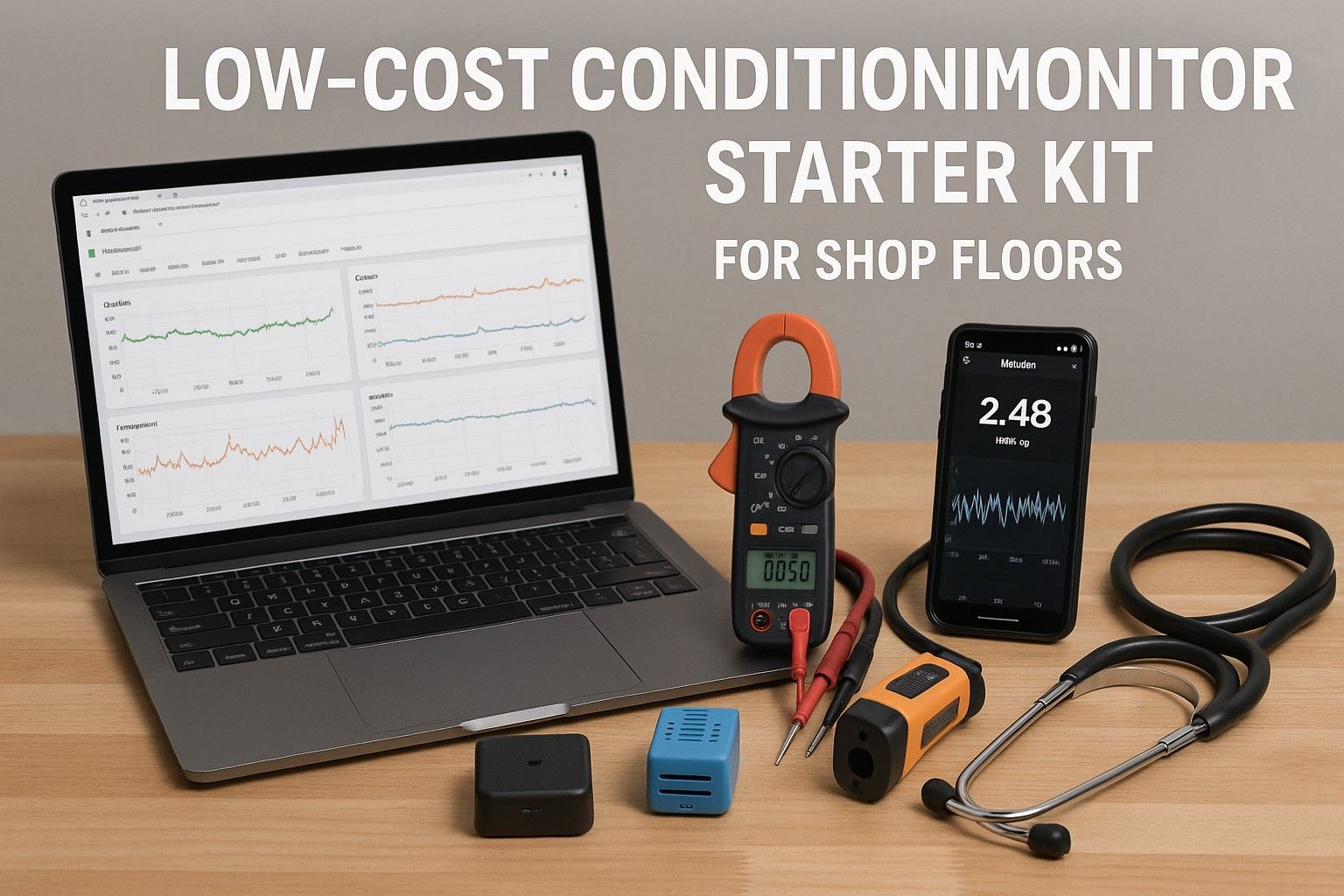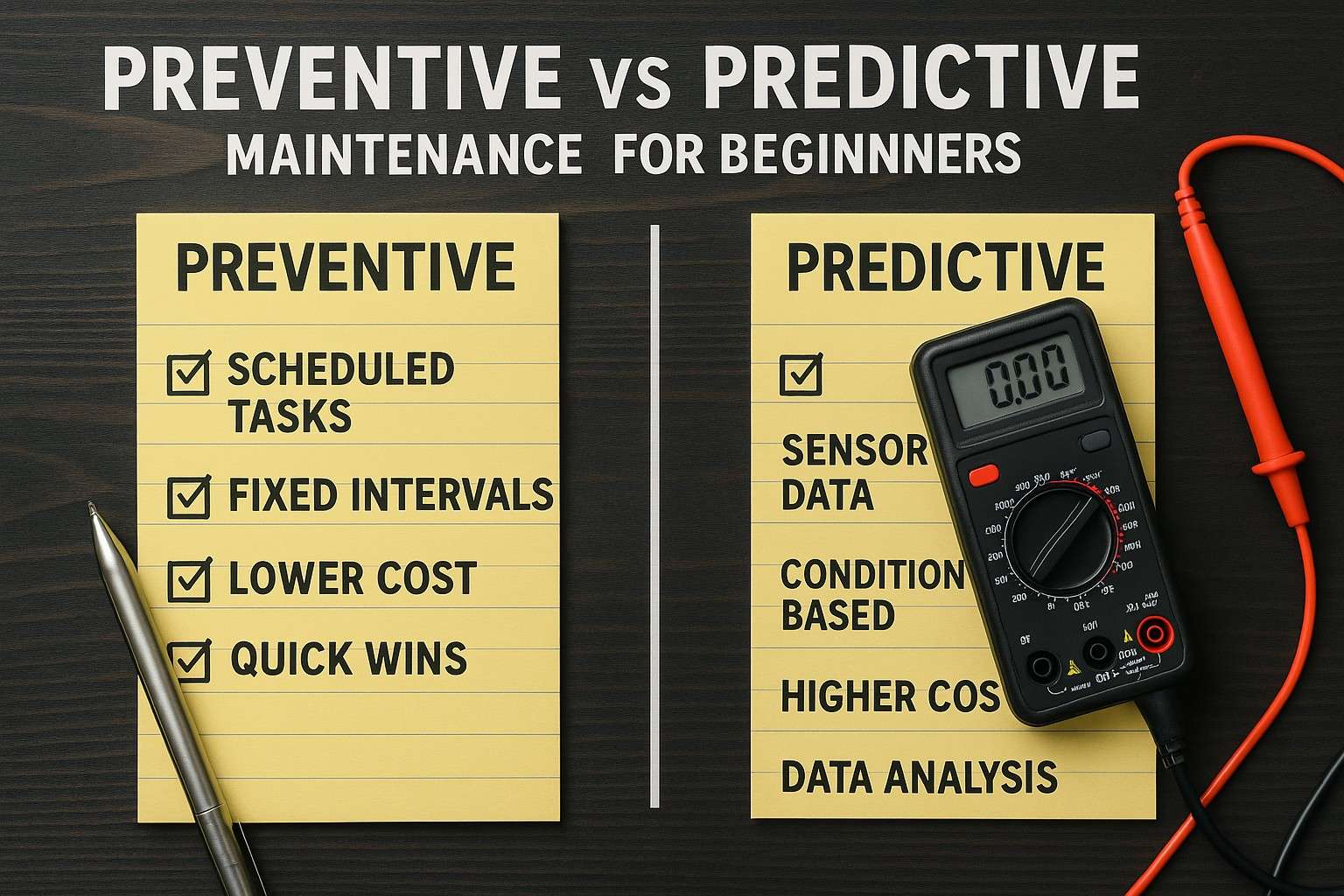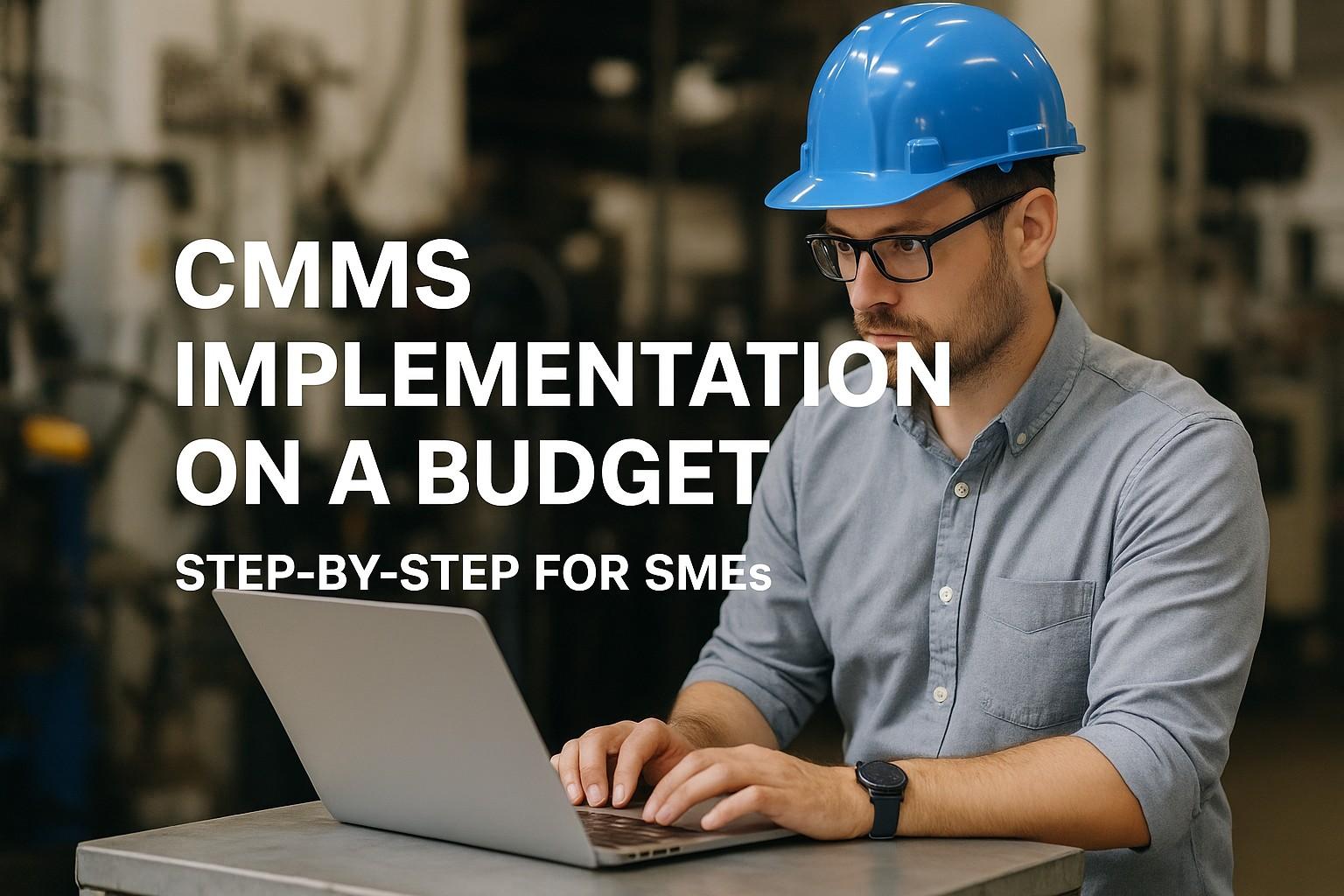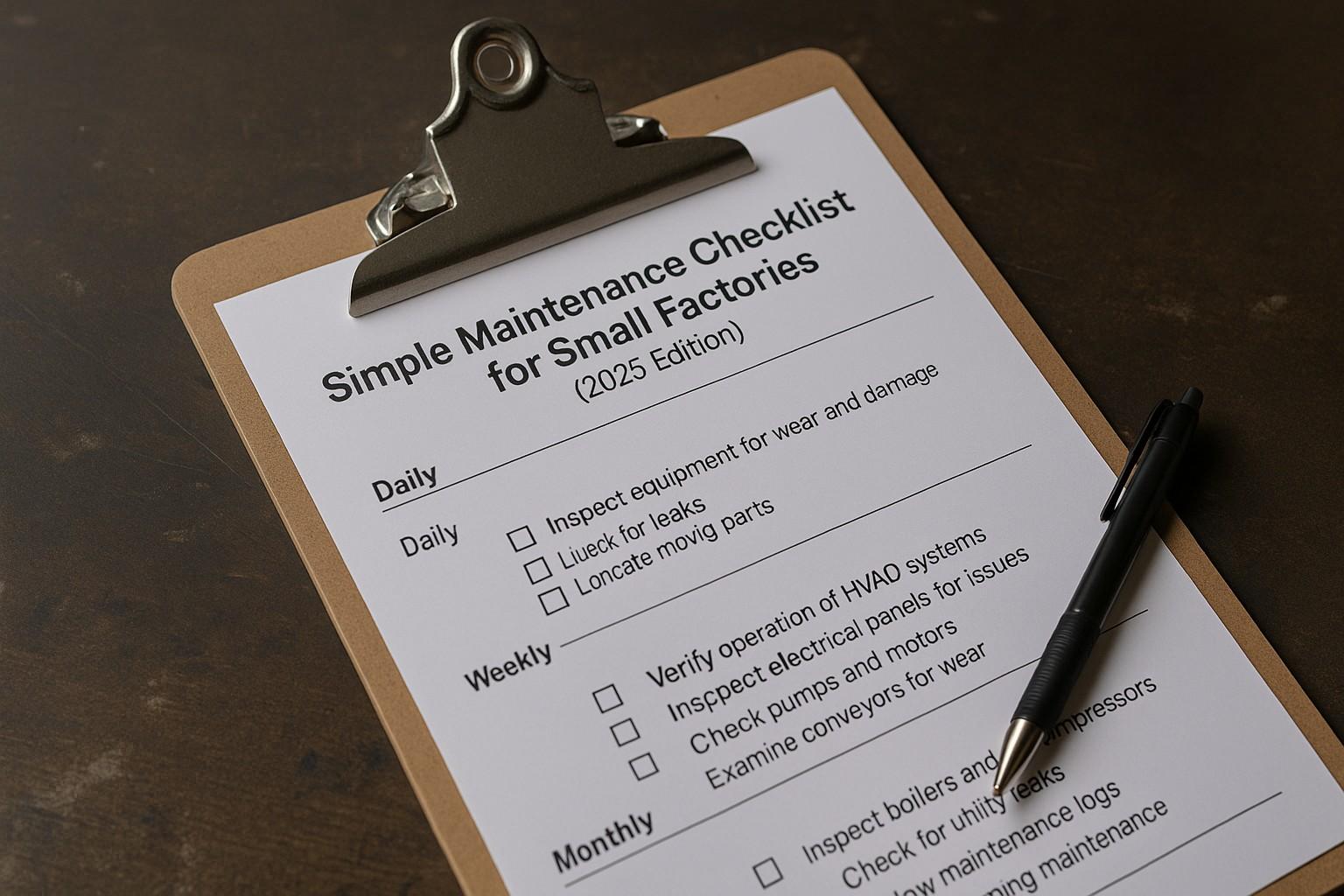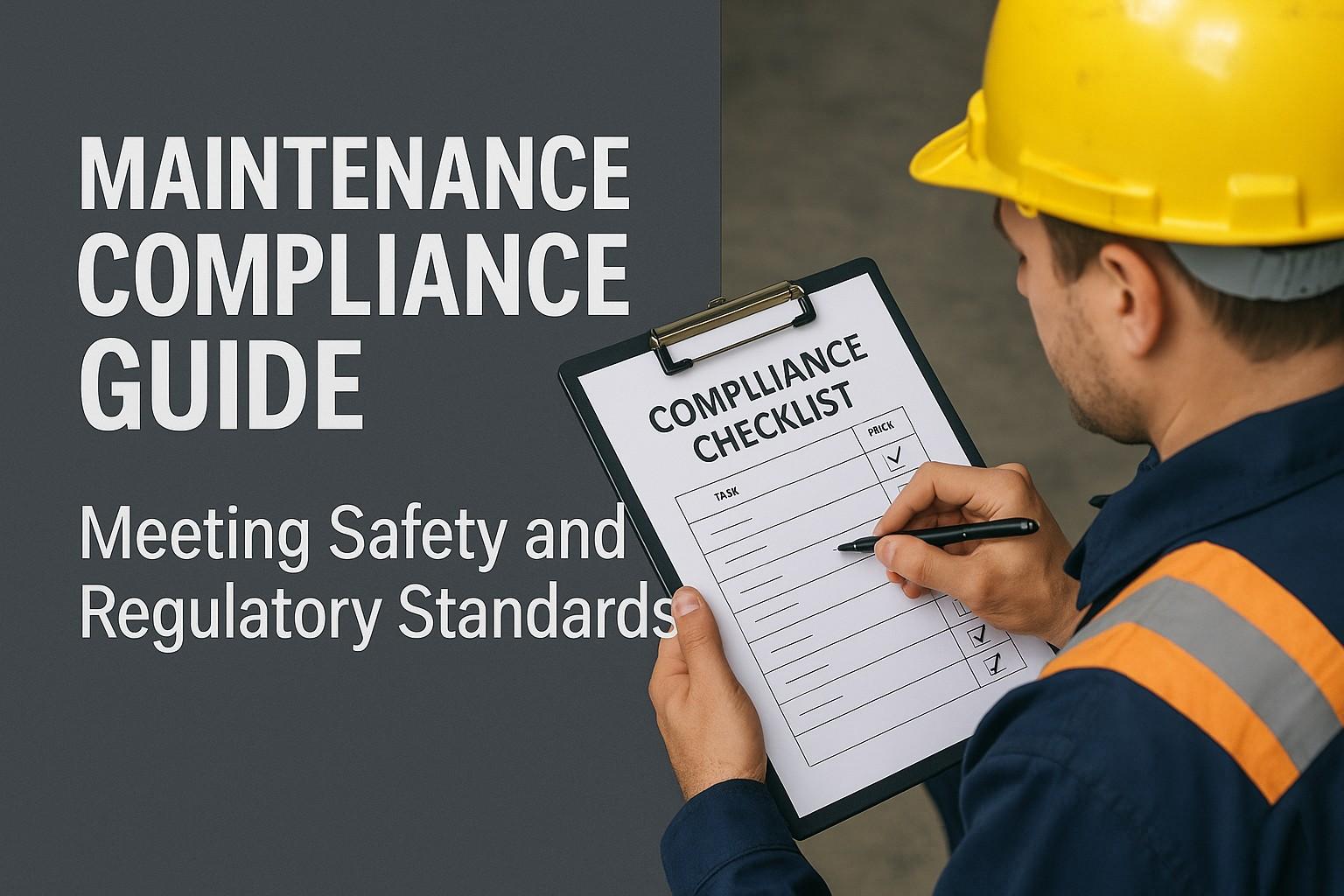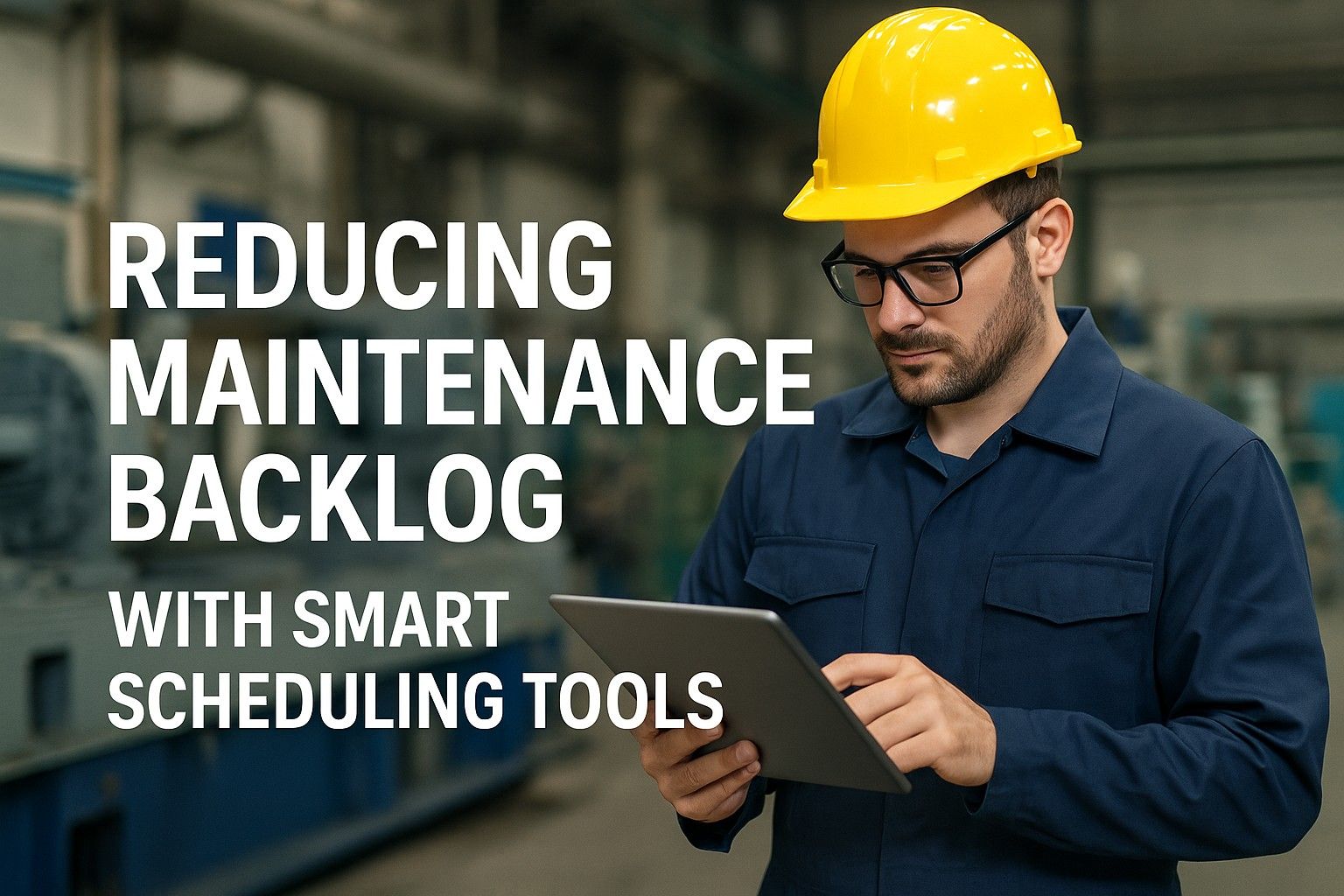IoT-enabled predictive maintenance represents one of the most transformative technologies in industrial asset management, with organizations achieving average cost savings of $12.5 lakhs per asset annually through intelligent monitoring and proactive intervention. Industry research shows that 68% of maintenance teams still rely on reactive approaches that lead to unexpected failures, excessive downtime, and emergency repair costs. IoT predictive maintenance solutions can reduce unplanned downtime by 90%, extend asset life by 50% and decrease maintenance costs by 65% while ensuring optimal performance, and maximum operational efficiency across industrial environments.
The IoT Revolution: Transforming Maintenance from Reactive to Predictive
Modern industrial operations depend on complex interconnected systems where even minor component degradation can cascade into complete operational failures that devastate productivity and profitability. IoT predictive maintenance leverages connected sensors, advanced analytics, and machine learning algorithms to transform traditional maintenance approaches into intelligent, data-driven asset management strategies.
Vibration Analysis Monitoring
IoT vibration sensors detect bearing wear, misalignment, and mechanical loosening 4-6 weeks before failure, preventing $18+ lakhs in emergency repairs and production losses.
Temperature Monitoring Systems
Thermal sensors identify overheating conditions, insulation breakdown, and cooling system inefficiencies that signal impending equipment failures costing $25+ lakhs.
Pressure and Flow Analytics
Hydraulic and pneumatic monitoring reveals system degradation patterns through pressure drops and flow irregularities before catastrophic failures occur.
Electrical Current Monitoring
Motor current signature analysis detects electrical faults, insulation degradation, and power quality issues preventing $20+ lakhs in motor replacements.
Oil Analysis Integration
Connected oil monitoring systems track contamination levels, wear particles, and chemical degradation providing early warning of lubrication system failures.
Acoustic Emission Detection
Ultrasonic sensors identify mechanical stress, crack propagation, and structural fatigue issues weeks before visible damage appears in critical components.
The Cost of Traditional Reactive Maintenance Approaches
Before implementing IoT predictive maintenance with Oxmaint, industrial operations experience significant inefficiencies that impact both operational performance and financial sustainability:
- Unplanned downtime averaging 35-40% of total operational time due to unexpected equipment failures and reactive maintenance cycles
- Emergency repair costs consuming 70% of maintenance budgets while providing minimal preventive value or asset life extension
- Inventory management inefficiencies with excessive spare parts stockpiling and emergency procurement premiums
- Production schedule disruptions causing customer delivery delays, penalty costs, and revenue losses
- Safety incident risks from unexpected equipment failures that can result in $50+ lakh liability exposures
IoT Architecture: Building Intelligent Maintenance Ecosystems
IoT predictive maintenance architecture integrates multiple technology layers including edge devices, connectivity protocols, data analytics platforms, and intelligent decision systems that work together to provide comprehensive asset health monitoring and automated maintenance optimization.
Core IoT Components and Infrastructure
Effective IoT predictive maintenance systems combine sensor technologies, edge computing, cloud analytics, and integration capabilities to create comprehensive monitoring ecosystems that balance real-time responsiveness with scalable data processing.
Sensor Network Integration
Comprehensive sensor deployment including vibration accelerometers, temperature probes, pressure transducers, and current monitors providing multi-parameter asset health visibility.
Edge Computing Capabilities
Local data processing and analysis reducing latency, minimizing bandwidth requirements, and enabling real-time decision making for critical maintenance interventions.
Cloud Analytics Platform
Scalable data processing infrastructure supporting machine learning algorithms, historical trend analysis, and predictive modeling for optimal maintenance timing.
CMMS Integration Framework
Seamless integration with Oxmaint CMMS enabling automated work order generation, maintenance scheduling, and comprehensive asset lifecycle management.
Advanced Warning Systems and Predictive Analytics
Intelligent Alert Generation and Response Automation
IoT predictive maintenance transcends simple threshold monitoring to incorporate sophisticated pattern recognition, anomaly detection, and predictive modeling that identifies maintenance needs weeks before traditional approaches detect problems.
Machine Learning Analytics
Advanced algorithms continuously learn from asset behavior patterns, environmental conditions, and operational contexts to improve prediction accuracy and optimize maintenance timing.
Anomaly Detection Systems
Intelligent pattern recognition identifying deviations from normal operating parameters that indicate developing problems requiring proactive intervention.
Predictive Failure Modeling
Sophisticated algorithms analyzing multiple data streams to predict component failures 4-12 weeks before occurrence, enabling optimal maintenance planning and resource allocation.
Automated Response Coordination
Integration with Oxmaint enabling automatic work order generation, technician dispatch, and parts ordering based on predictive maintenance recommendations.
Implementation Strategy and Deployment Best Practices
Phased IoT Deployment for Predictive Maintenance Success
Successful IoT predictive maintenance implementation requires systematic deployment approaches that minimize operational disruption while maximizing monitoring effectiveness and analytical accuracy across diverse industrial environments and asset types.
Phase 1: Asset Assessment and Planning
Comprehensive asset evaluation, criticality analysis, sensor requirement mapping, and IoT infrastructure planning based on operational priorities and maintenance objectives.
Phase 2: Pilot Implementation
Limited deployment with critical assets, sensor installation, baseline data collection, and algorithm training to validate monitoring effectiveness and prediction accuracy.
Phase 3: System Integration
Integration with Oxmaint CMMS, workflow automation configuration, alert threshold optimization, and maintenance process alignment with predictive insights.
Phase 4: Full Deployment
Fleet-wide implementation, comprehensive training programs, performance optimization, and continuous improvement based on operational feedback and analytical refinement.
Change Management and User Adoption Excellence
IoT predictive maintenance success depends heavily on organizational adoption and cultural transformation, requiring comprehensive training programs and workflow integration that encourage data-driven maintenance practices.
Technical Training Development
Role-specific training for maintenance technicians, engineers, and managers covering IoT technology, data interpretation, and predictive maintenance workflows.
Process Integration Planning
Workflow redesign incorporating predictive insights into daily maintenance operations, planning processes, and decision-making frameworks.
Performance Metric Alignment
KPI structures and incentive programs recognizing predictive maintenance achievements, cost avoidance, and reliability improvements.
Continuous Improvement Culture
Feedback systems and optimization processes ensuring ongoing refinement of predictive algorithms, alert thresholds, and maintenance procedures.
Analytics Dashboard and Performance Monitoring
Real-Time Asset Health Visibility and KPI Tracking
IoT predictive maintenance analytics transform raw sensor data into actionable insights through sophisticated dashboards, trend analysis, and performance metrics that enable continuous optimization and strategic decision making across maintenance operations.
Executive Dashboard Integration
High-level visibility into asset health status, maintenance performance, and cost optimization trends through Oxmaint executive reporting capabilities.
Operational Analytics Platform
Detailed asset monitoring, trend analysis, and predictive maintenance recommendations providing operational teams with actionable insights for daily decision making.
Cost Avoidance Tracking
Comprehensive analysis quantifying prevented failures, avoided downtime, and maintenance cost optimization demonstrating IoT investment value and ROI achievement.
Compliance and Audit Support
Automated documentation and reporting ensuring regulatory compliance, warranty protection, and maintenance audit trail requirements are consistently met.
ROI Analysis and Competitive Advantages
Quantifiable Business Benefits and Value Creation
IoT predictive maintenance with Oxmaint delivers measurable financial returns through multiple value streams including direct cost avoidance, operational efficiency gains, asset life optimization, and competitive positioning enhancement.
Strategic Operational Excellence and Market Positioning
Comprehensive IoT predictive maintenance creates sustainable competitive advantages through enhanced reliability, predictable costs, and operational excellence that differentiate organizations in competitive markets.
- Enhanced production reliability with 95%+ uptime achievement compared to 75% with reactive maintenance approaches
- Predictable maintenance budgets enabling accurate financial planning and eliminating emergency repair cost volatility
- Improved customer satisfaction through reliable delivery performance and reduced production disruptions
- Reduced insurance premiums through documented predictive maintenance programs and improved safety performance
- Increased asset values with comprehensive maintenance documentation and proven reliability history for resale optimization
Future Innovation and Technology Evolution
The IoT predictive maintenance landscape continues evolving with emerging technologies including artificial intelligence, digital twins, and autonomous maintenance systems that promise even greater operational efficiency and cost optimization capabilities.
Artificial Intelligence Integration
Advanced AI algorithms providing enhanced pattern recognition, failure prediction accuracy, and automated decision making based on complex multi-dimensional data analysis.
Virtual asset models enabling simulation, scenario analysis, and optimization planning that enhance predictive maintenance effectiveness and strategic asset management.
5G Connectivity Enhancement
Ultra-low latency communications enabling real-time monitoring, instant response capabilities, and enhanced data transmission for complex industrial environments.
Autonomous Maintenance Systems
Self-healing technologies and automated maintenance execution reducing human intervention requirements while maintaining optimal asset performance and reliability.
Frequently Asked Questions
Ready to transform your maintenance operations with IoT predictive maintenance?

